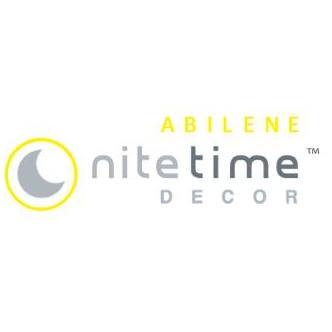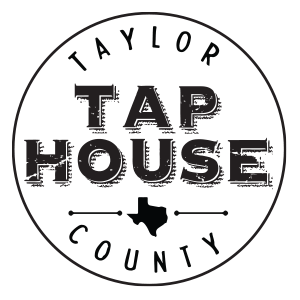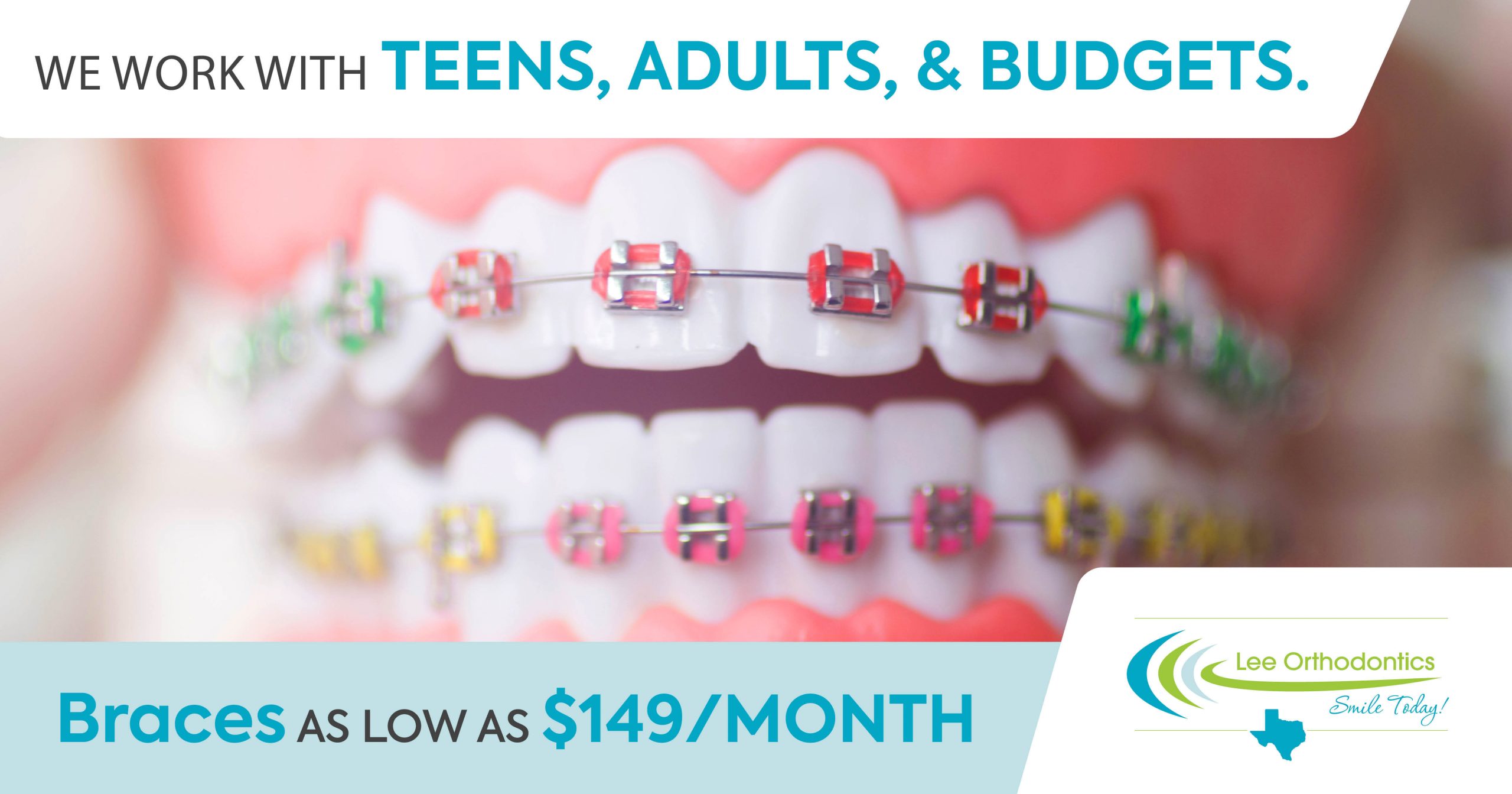Kathy Burnitt understands how hard it is for a fidgety student to sit still all day.
A 2nd-grade teacher at Wylie West Elementary, Burnitt herself was diagnosed with adult ADHD.
“I know what it’s like for me to have to sit through meetings and workshops in a chair all day,” she said.
So when she read about the advantages of flexible seating for students with attention problems, she wanted to try it. She applied for a grant from the Wylie Bulldogs Education Foundation in 2016 to get wobble stools. She since has added cushions and tables that allow kids to sit on the floor or stand. 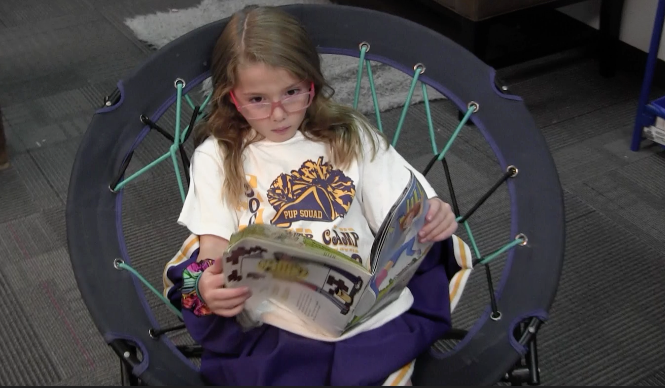
“It gives them the ability to learn in a way that is best for them,” she said. “They were able to focus on their work better as they sat on a wobble seat because the wobbling that came naturally as they sat meant that they weren’t trying to find something else to distract them from their work.”
Burnitt was one of the first Wylie teachers to ask for flexible seating from the foundation, but since then the concept has exploded. More and more classrooms now have bouncy balls or standing desks or bouncy bands that let students shake, rattle and roll as they learn.
Valerie Anderson, a 2nd-grade teacher at Wylie East Elementary, tried balance balls in her classroom. 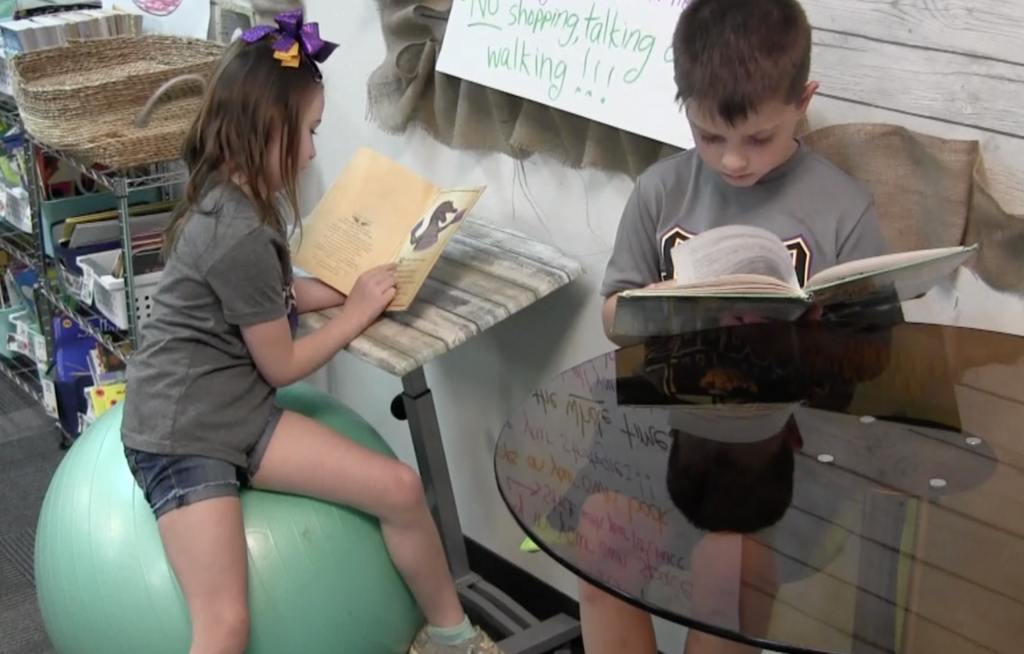
“For fidgety kids, it gives them some movement and helps them focus and get their work done,” she said. “The ones who really needed it, it really helped with their attention and focus.”
But the flexible seating does not work for some kids. Anderson said the balls were more distracting than helpful for some kids. The idea was for the students to find what worked for them. Every student is different.
“We started off in regular chairs and then learned how we were supposed to act on the balls,” she said. “I think they are an awesome tool when they are used correctly. It works for a lot of kids.” 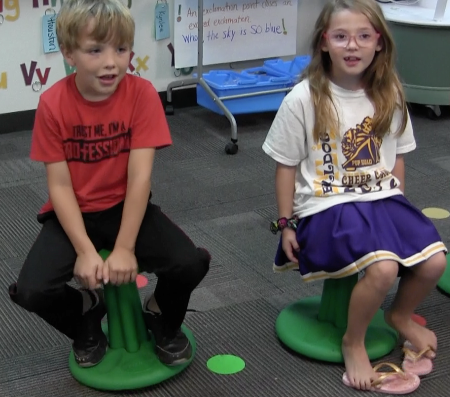
Nancy Reed said flexible seating has been a big hit in her kindergarten classroom. She has wobble stools, balance balls, wobble cushions and floor desks in addition to the traditional desks, and she said students are allowed to choose what works best.
“The student choice is acceptable if 1) it is a safe choice, and 2) they are doing their work, not interrupting someone else,” she said. “Alternative seating allows students to sit, kneel, stand, roll, wobble, and bounce while they are working.”
Reed said she believes the seats spur creativity and collaboration.
“The alternative style seating gives active, young students the sensory input that they need,” she said. “It helps them learn social skills and be comfortable while they are learning to write and draw.” 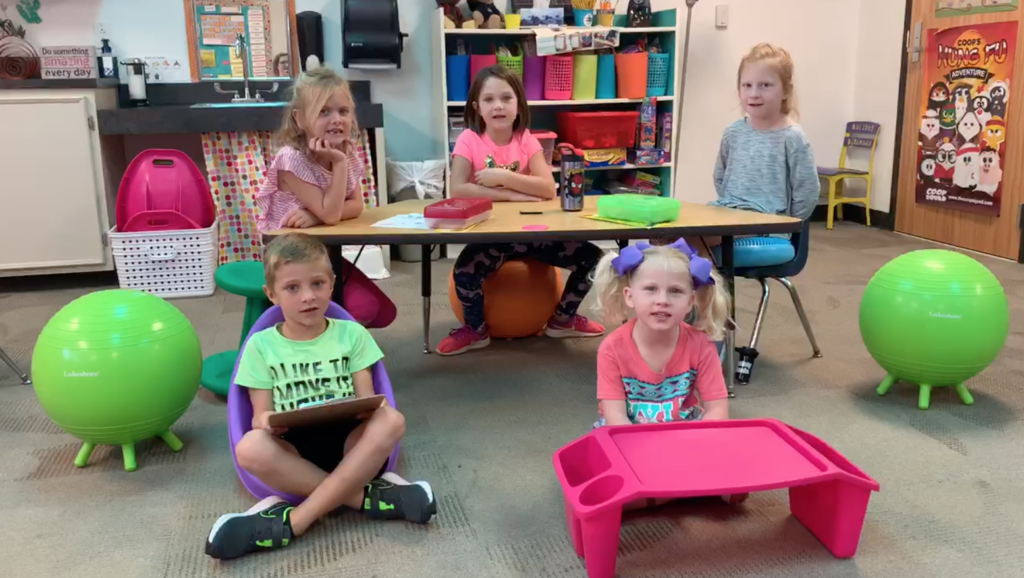
Of course, like everything, flexible seating has its time and place.
“I tell the kids that there are times when they will have to sit correctly in their chairs because, let’s face it, they have to know how to do that in the real world,” Burnitt said.
During the pandemic flexible seating options were restricted, and Burnitt said she has definitely missed it.
“If I’ve learned anything about my teaching style during the pandemic,” she said, “it’s that I certainly love having the flexibility that flexible seating allows in my classroom!” 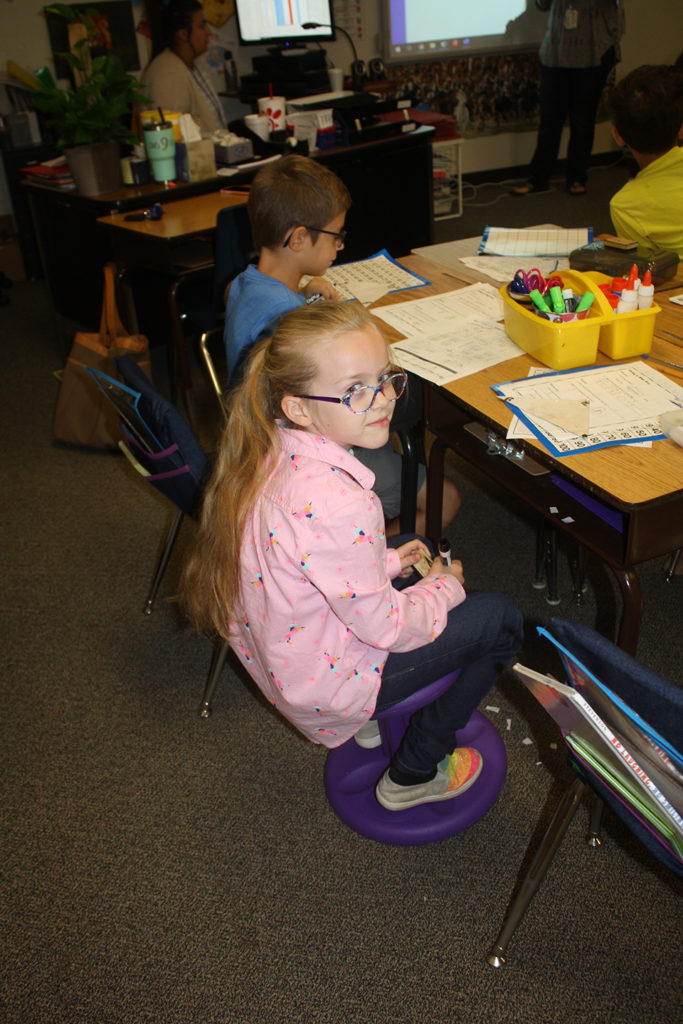
Diane McMillan received eight triangular shaped stand-up desks and stools from the foundation.
“They are especially helpful for students who need to stand up and move around during class time,” she said. “I had read about it in an article. It talked about how it could help children that have a hard time sitting still improve academically and behaviorally. I can say that it has definitely worked in both areas.”
By Candy Reagan








